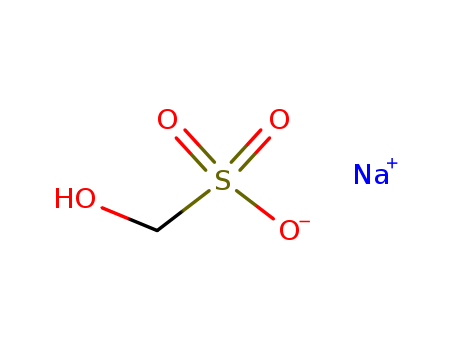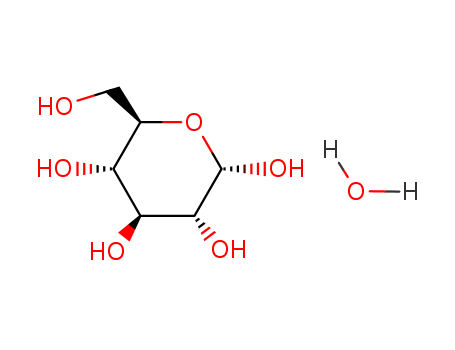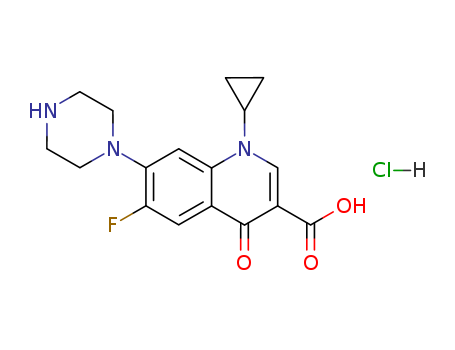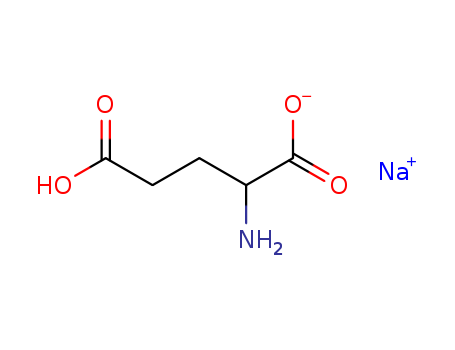
32221-81-1
- Product Name:Monosodium glutamate
- Molecular Formula:C5H8NNaO4
- Purity:99%
- Molecular Weight:169.113
Product Details;
CasNo: 32221-81-1
Molecular Formula: C5H8NNaO4
Appearance: white crystalline solid
Chinese Manufacturer Supply High Purity Monosodium glutamate 32221-81-1 In Stock
- Molecular Formula:C5H8NNaO4
- Molecular Weight:169.113
- Appearance/Colour:white crystalline solid
- Boiling Point:333.8 °C at 760 mmHg
- Flash Point:155.7 °C
- PSA:103.45000
- LogP:-1.37130
Monosodium glutamate(Cas 32221-81-1) Usage
|
Description |
Monosodium glutamate (MSG) is a flavor enhancer commonly known as "China salt." It acts as a neurotransmitter, stimulating nerve cells to send signals. Research suggests that consuming up to 14 mg per pound of body weight is safe, and the average daily intake is less than 1 gram. However, some individuals may experience reactions like headaches, flushing, sweating, and chest pain. |
|
Chemical Properties |
white crystalline solid |
|
History |
The use of Monosodium glutamate(MSG) as a flavor enhancer is attributed to Kikunae Ikeda (1864 1936), a chemistry professor from Tokyo Imperial University. Ikeda patented Monosodium glutamate(MSG) as a flavor enhancer along with processes used to produce it. The isolated glutamic acid was then purified and converted to MSG. The use of Monosodium glutamate(MSG) as a flavor enhancer began in Japan and Asia, but widespread use of the compound in the United States did not occur until after World War II. Ajinomoto started manufacturing Monosodium glutamate(MSG) in the United States in 1956 (Ajinomoto became affiliated with Kraft General Foods in 1973). |
|
Uses |
Studies have associated MSG with toxic effects on fetal development, physiological complications (hypertension, obesity, gastrointestinal issues), metabolic disorders, Chinese Restaurant Syndrome, neurotoxic effects, and detrimental effects on reproductive organs. Some research proposes a link between MSG and brain toxicity, attributing it to excessive glutamate levels overstimulating nerve cells and causing cell death. The safety of manufactured Monosodium glutamate(MSG) has been questioned for the last several decades. Conditions associated with Monosodium glutamate(MSG) symptom complex included numbness in the back of the neck, radiating to the arms; warmth and fatigue in the head, upper back, neck, and arms; facial pressure or tightness; chest pain; headache; nausea; and heart palpitations. There does not seem to be an absolute consensus on the safety of MSG, but for the most part Monosodium glutamate(MSG) is considered safe if consumed in normal quantities. An acceptable daily intake level is not cited by government regulators, but the average person consumes between 0.3 and 1.0 gram of Monosodium glutamate(MSG) daily. Estimates of annual global production of Monosodium glutamate(MSG) range between several hundred thousand tons to as high as 1 million tons. Although practically all Monosodium glutamate(MSG) produced is used in the food industry, a small portion is used for agricultural feed supplements (for swine), pesticides, and pharmaceuticals. |
|
Definition |
A white crystalline solid compound, made from soya-bean protein. It is a sodium salt of glutamic acid used as a flavor enhancer, particularly in Chinese cuisine. Monosodium glutamate can cause an allergic reaction in people who are ultrasensitive to it. |
InChI:InChI=1/C5H9NO4.Na/c6-3(5(9)10)1-2-4(7)8;/h3H,1-2,6H2,(H,7,8)(H,9,10);/q;+1/p-1
32221-81-1 Relevant articles
CATALYTIC POTENCY OF FUNCTIONALIZED (2,5)PYRIDINOPHANES AS NEW PYRIDOXAL MODEL COMPOUNDS
Iwata, Masaaki,Kuzuhara, Hiroyoshi
, p. 5 - 6 (1981)
Catalytic activities of new model compou...
CAGED COMPOUND, AND MANUFACTURING METHOD AND EXPRESSION METHOD OF CAGED COMPOUND
-
Paragraph 0166; 0167, (2019/03/01)
PROBLEM TO BE SOLVED: To provide a caged...
Silicon nanowire photocathodes for light-driven electroenzymatic synthesis
Lee, Sahng Ha,Ryu, Gyeong Min,Nam, Dong Heon,Kim, Jae Hong,Park, Chan Beum
, p. 3007 - 3011 (2015/09/28)
The photoelectroenzymatic synthesis of c...
Process for chemical reaction of amino acids and amides yielding selective conversion products
-
Page 7-8, (2008/06/13)
The invention relates to processes for c...
32221-81-1 Process route
-
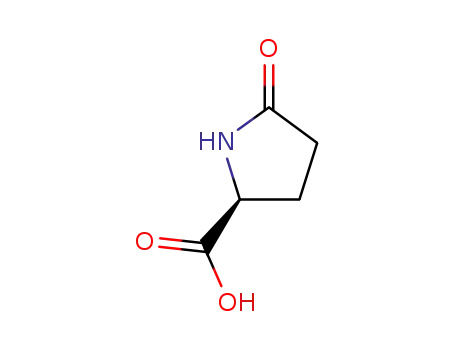
- 98-79-3
L-Pyroglutamic acid

-
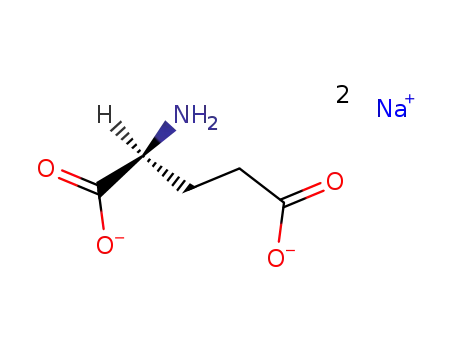
- 142-47-2,149-65-5,15383-53-6,16079-50-8,16177-21-2,16690-92-9,21932-17-2,26247-79-0,28223-73-6,30617-64-2,30811-79-1,32221-81-1,32342-59-9,56-86-0
glutamic acid sodium salt
| Conditions | Yield |
|---|---|
|
With sodium hydroxide; hydrogen; 5% activated charcoal-supported ruthenium catalyst; In water; at 150 ℃; for 2h; under 103432 Torr;
|
-
-
C27H29N5O4PRu*2Na(1+)*2F6P(1-)

-

- 142-47-2,149-65-5,15383-53-6,16079-50-8,16177-21-2,16690-92-9,21932-17-2,26247-79-0,28223-73-6,30617-64-2,30811-79-1,32221-81-1,32342-59-9,56-86-0
glutamic acid sodium salt
| Conditions | Yield |
|---|---|
|
In aq. phosphate buffer; Irradiation;
|
32221-81-1 Upstream products
-
98-79-3

L-Pyroglutamic acid
-
305-72-6
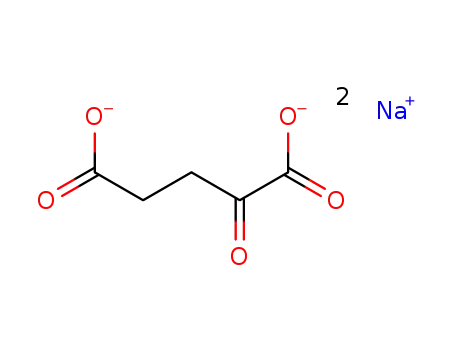
α-ketoglutaric acid disodium salt
-
142-47-2
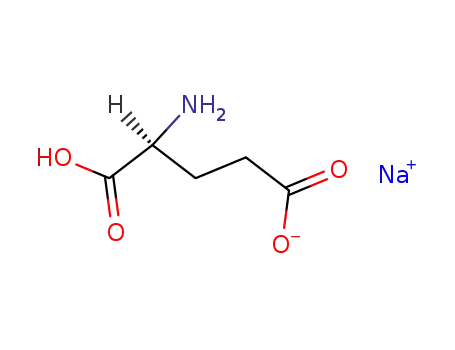
monosodium glutamate
32221-81-1 Downstream products
-
23356-96-9
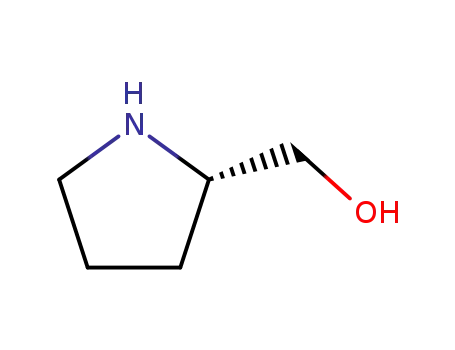
(S)-1-Pyrrolidin-2-yl-methanol
-
17342-08-4
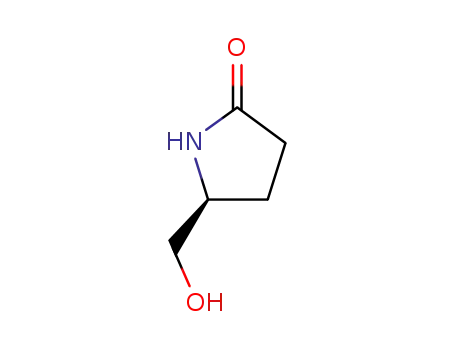
(S)-Pyroglutaminol
-
28874-51-3
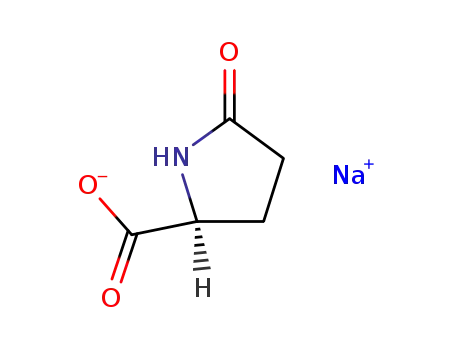
sodium L-pyroglutamate
-
486455-65-6

N-2-ethylhexanoyl-L-glutamic acid N,N'-(dibutylamide)
Relevant Products
-
Sodium formaldehyde bisulfite
CAS:870-72-4
-
D(+)-GLUCOSE MONOHYDRATE
CAS:14431-43-7
-
Ciprofloxacin HCl
CAS:93107-08-5

